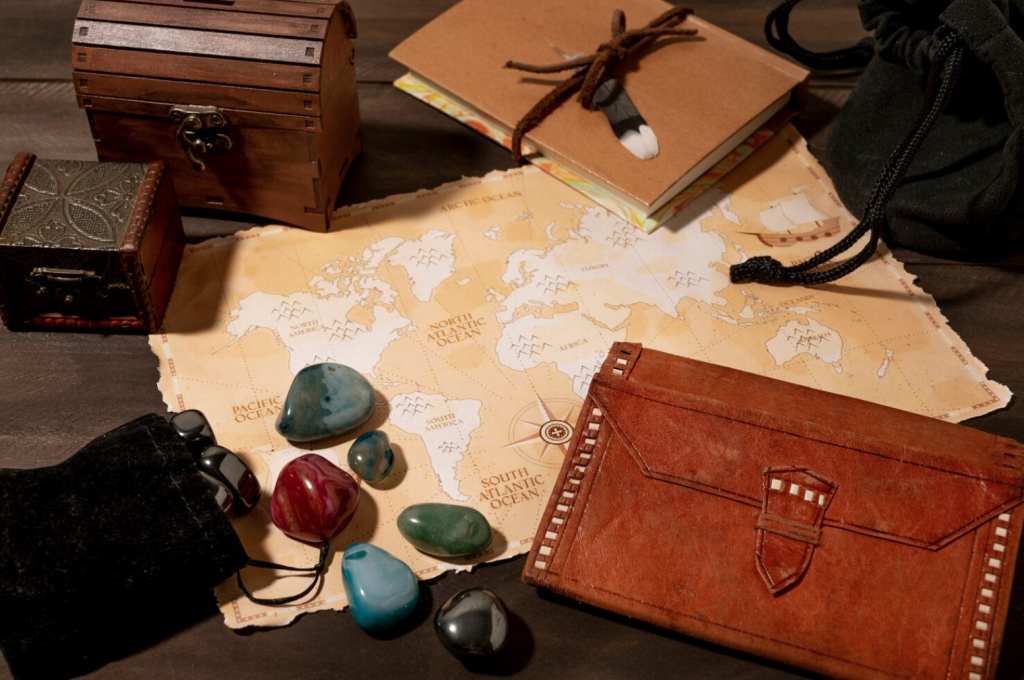Introduction: In the world of stamp collecting, every detail matters. One such detail, often hidden beneath the surface, is the watermark—a subtle yet crucial feature that adds depth and intrigue to philatelic treasures. Watermark detection is both an art and a science, requiring keen observation, technical expertise, and a touch of patience. In this blog post, we’ll delve into the art and science of watermark detection, exploring its significance in stamp collecting and the techniques used to unveil these hidden secrets.
- The Significance of Watermarks: Unveiling Hidden Clues
- Watermarks are imprints or designs embedded into the paper during stamp production, serving as a form of security feature and authentication marker.
- Uncovering watermarks provides valuable insights into a stamp’s authenticity, provenance, and rarity, adding depth and context to its historical and philatelic significance.
- The presence or absence of watermarks can distinguish between different printings, editions, or variations of stamps, unlocking hidden clues that enrich the collector’s understanding and appreciation of their collection.
- The Art of Observation: Developing a Keen Eye
- Watermark detection begins with the art of observation—a keen eye for detail and an appreciation for the nuances of design and printing.
- Collectors train themselves to identify subtle variations in paper texture, thickness, and opacity that may indicate the presence of a watermark beneath the surface.
- By honing their observational skills, collectors can uncover watermarks with precision and accuracy, revealing hidden secrets that elevate their collecting experience.
- The Science of Detection: Employing Tools and Techniques
- While observation forms the foundation of watermark detection, collectors also rely on specialized tools and techniques to unveil hidden watermarks.
- Watermark detectors, such as backlighting devices or magnifying glasses, illuminate the paper and reveal the faint impressions left by watermarks, making them visible to the naked eye.
- Advanced imaging technologies, such as digital microscopes or scanners, enhance the detection process by capturing high-resolution images of watermarks for detailed analysis and documentation.
- Techniques for Success: Illumination and Examination
- Effective watermark detection involves a combination of illumination and examination techniques to reveal hidden watermarks with clarity and precision.
- Backlighting: Placing a stamp against a light source, such as a lamp or light table, illuminates the paper and highlights any variations in opacity or density caused by the watermark.
- Transmitted Light: Holding a stamp up to a light source and viewing it from the back allows collectors to observe watermarks that are more visible when viewed through the paper.
- Magnification: Using a magnifying glass or loupe magnifies the surface of the stamp, enabling collectors to examine fine details and subtle variations that may indicate the presence of a watermark.
- Applying Expertise: Interpreting and Documenting Findings
- Successfully detecting a watermark requires more than just technical skill—it also involves interpretation and documentation of findings.
- Collectors draw on their expertise to interpret the significance of detected watermarks, considering factors such as rarity, provenance, and historical context.
- Documenting watermark findings through written notes, photographs, or digital scans ensures that valuable information is preserved for future reference and research, contributing to the broader body of philatelic knowledge.
Conclusion: Watermark detection is both an art and a science—a delicate balance of observation, technique, and expertise that unlocks hidden secrets within stamp collecting. By mastering the art of observation, employing specialized tools and techniques, and applying expertise to interpret and document findings, collectors can unveil the hidden clues and historical significance embedded within their stamps. So, whether you’re a novice enthusiast or a seasoned expert, embrace the art and science of watermark detection and embark on a journey of philatelic discovery that transcends the surface to reveal the rich tapestry of history, culture, and artistry hidden within your stamp collection.



